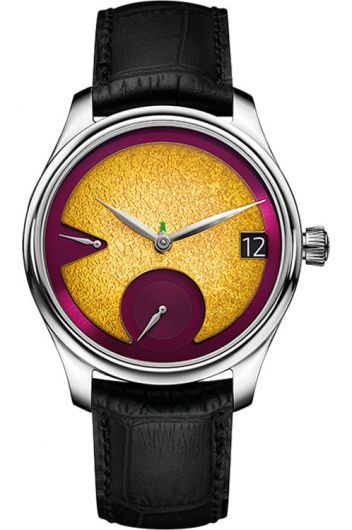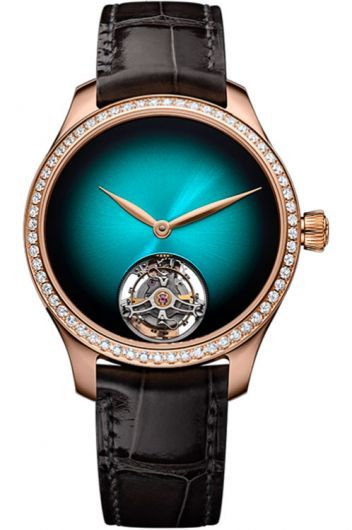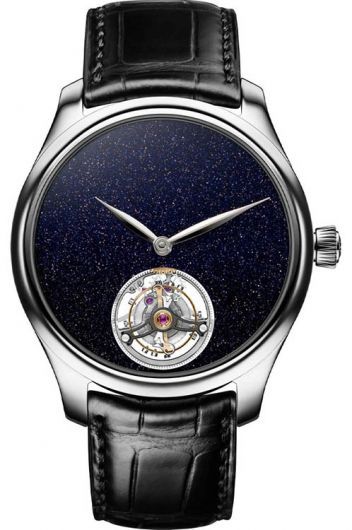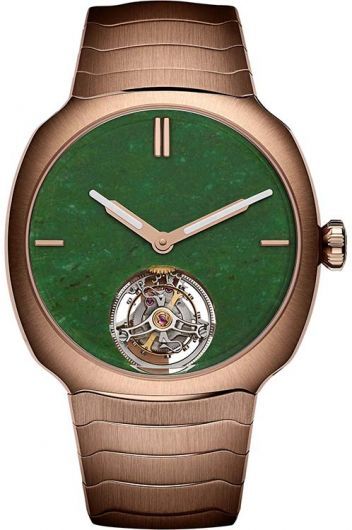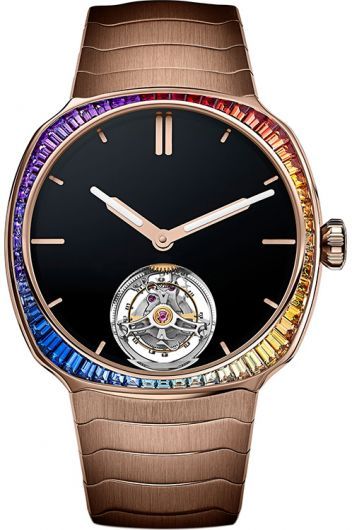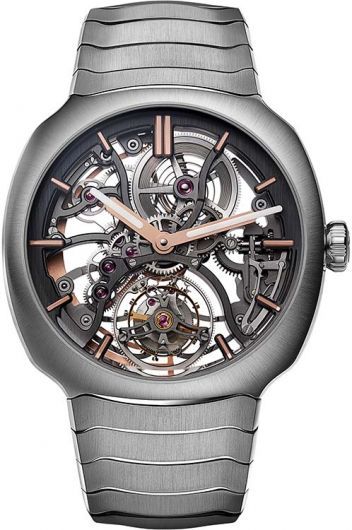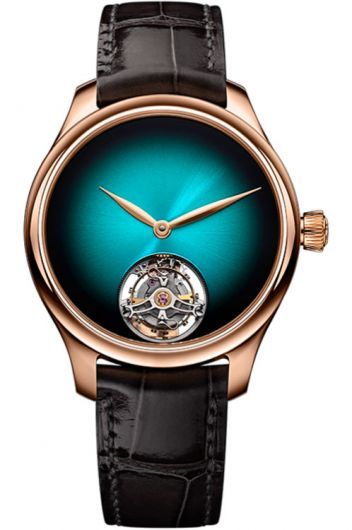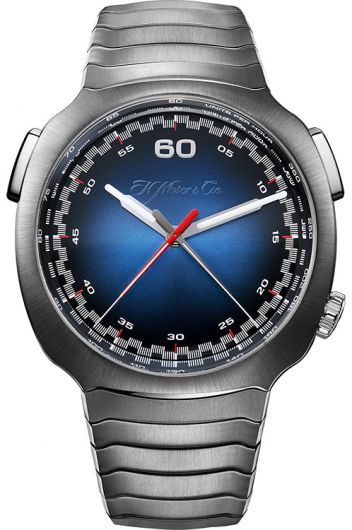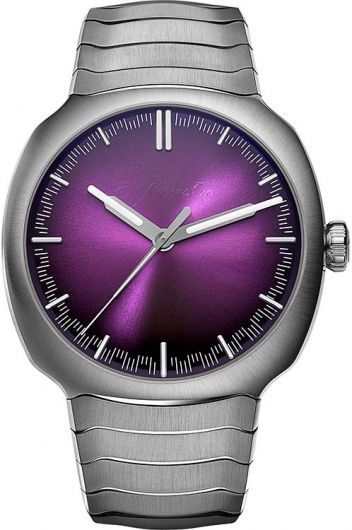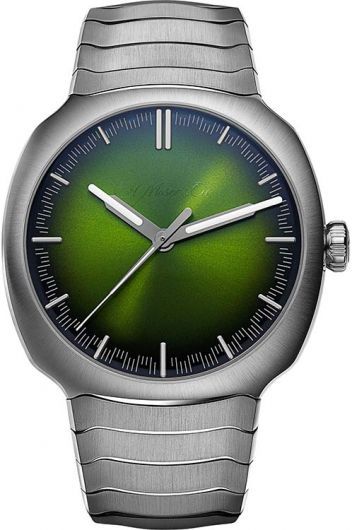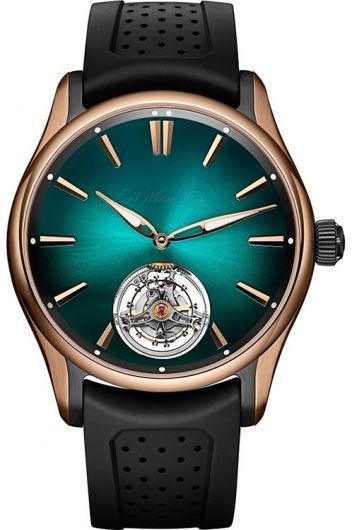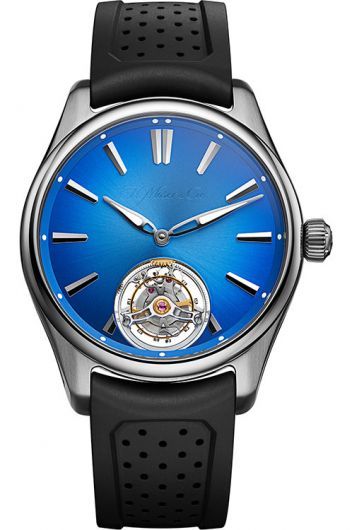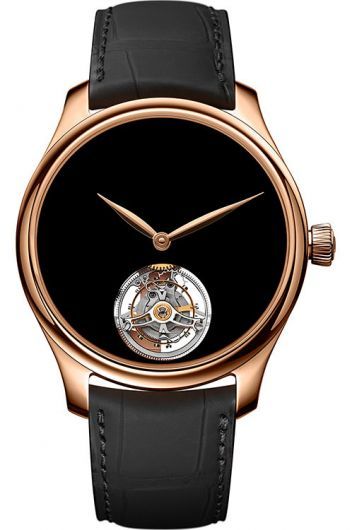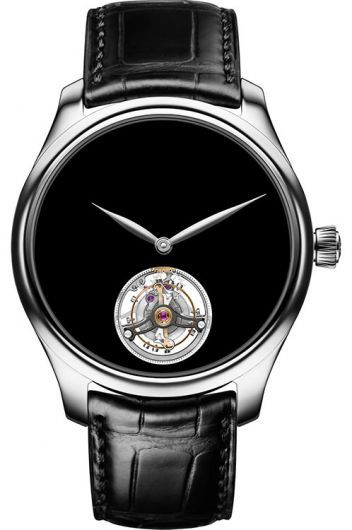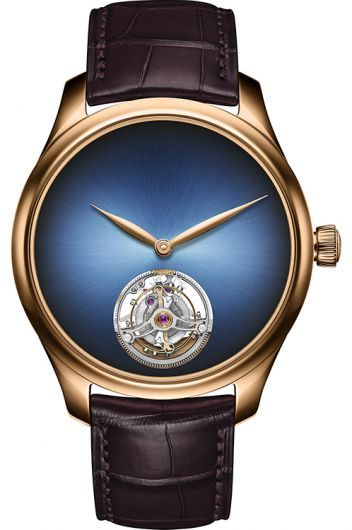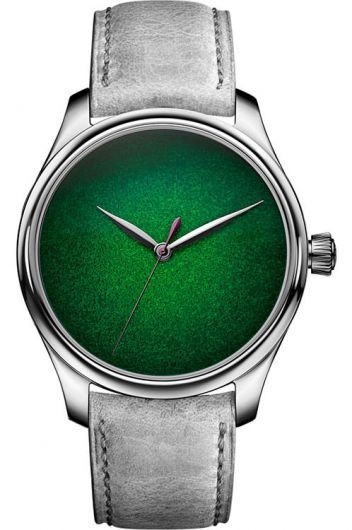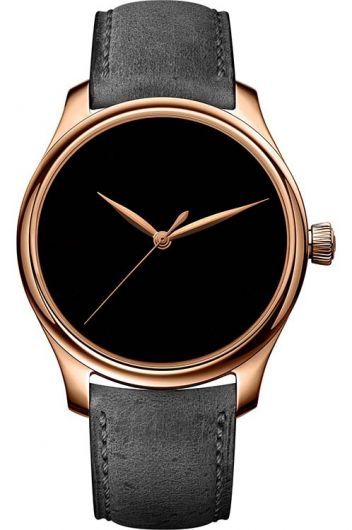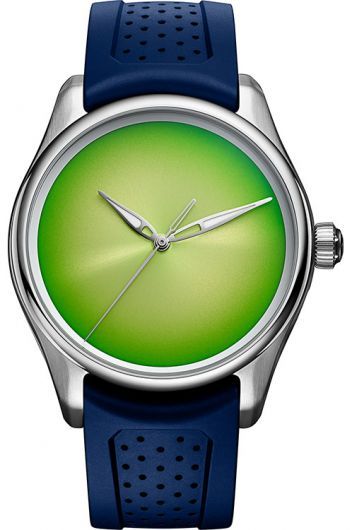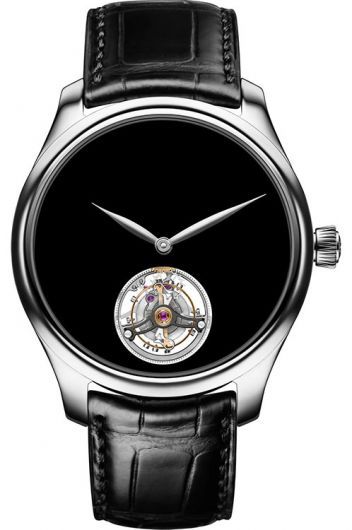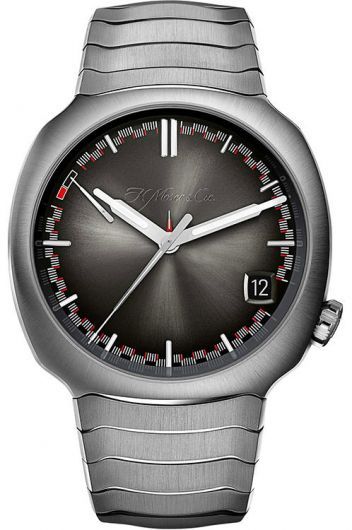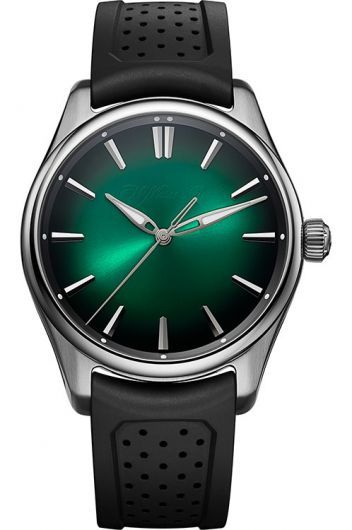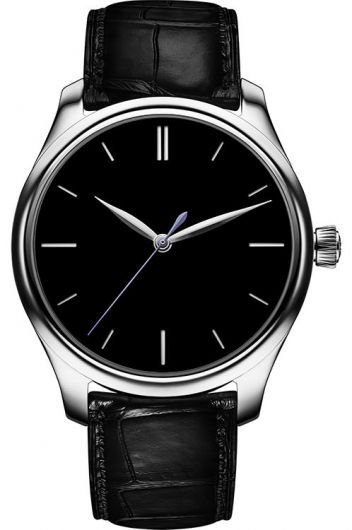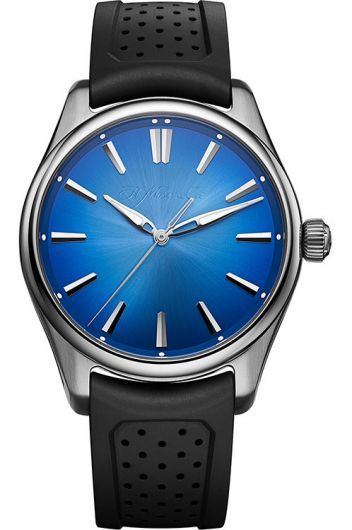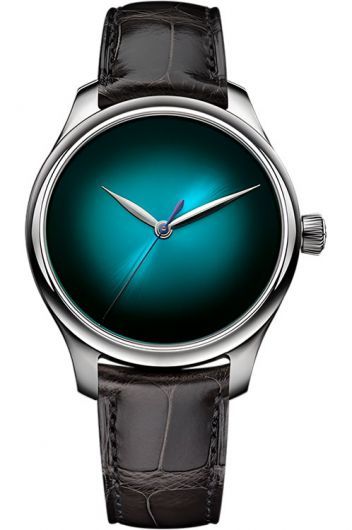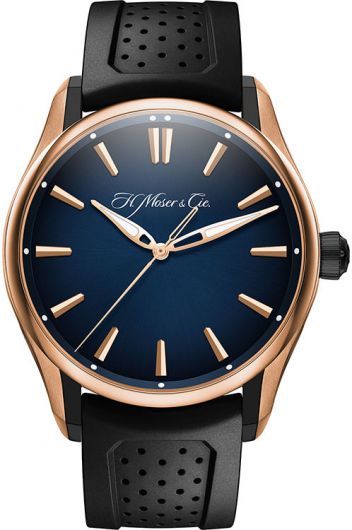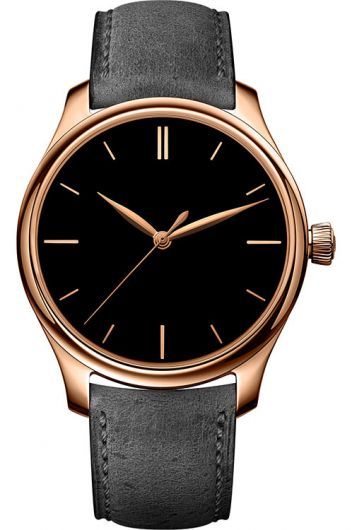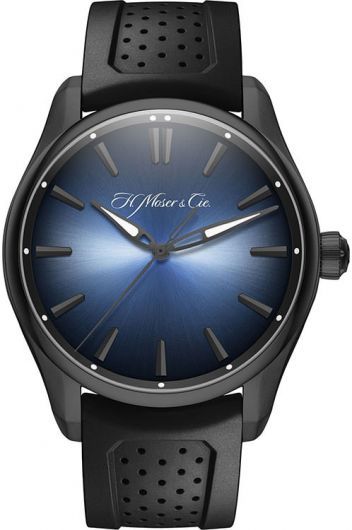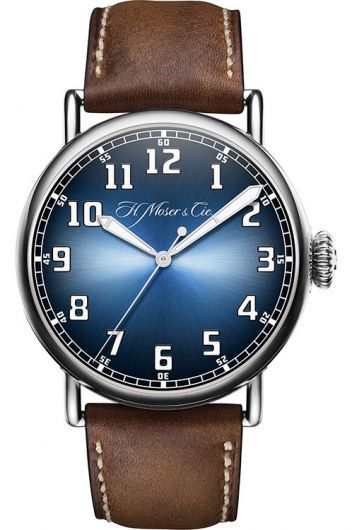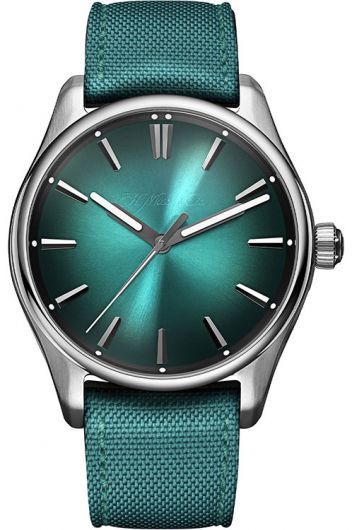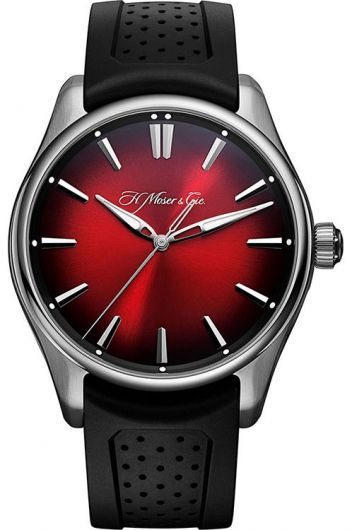Trending Articles from The Watch Guide
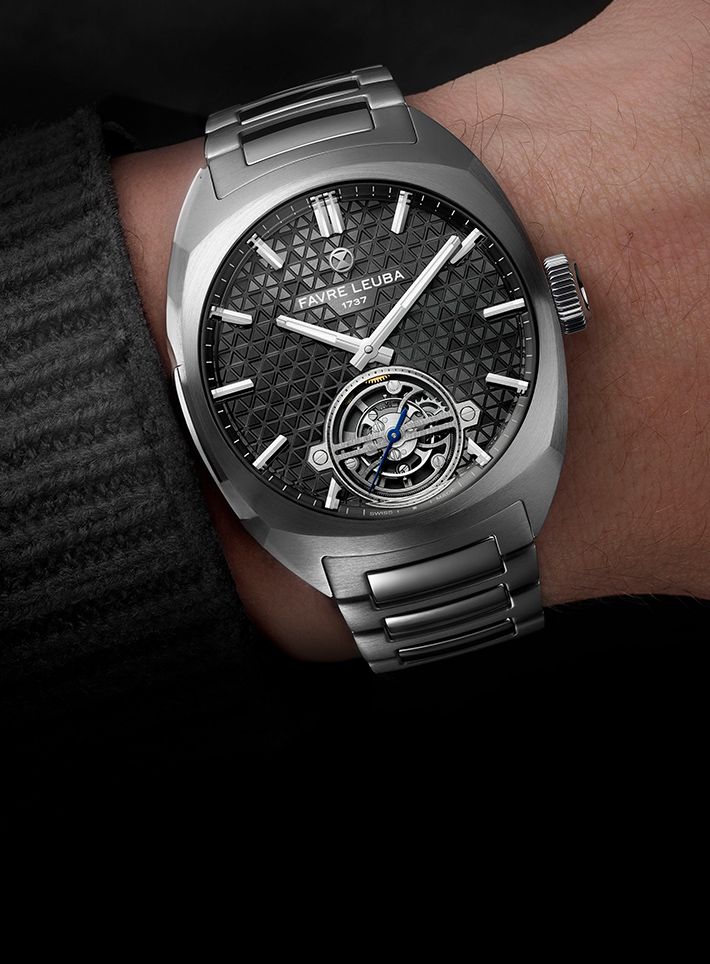
Introducing The First-Ever Tourbillon From The House Of Favre Leuba

A Closer Look At The Dainty Tissot T-Lady Desir
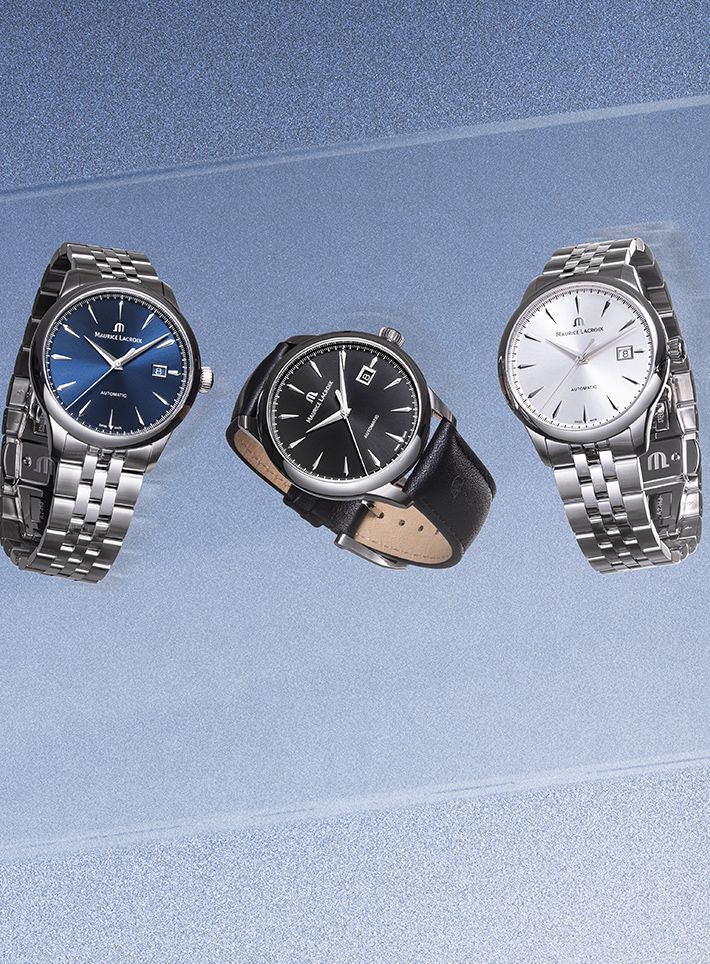
Fast Forward To History: Presenting The Maurice Lacroix 1975 Collection

New Top Time And A New Ambassador For Breitling: Austin Butler, The Face Of Top Time B31
Founded in 1828 by Heinrich Moser in Saint Petersburg, H. Moser & Cie. epitomises the entrepreneurial spirit of Swiss watchmaking. Heinrich, born into a family of watchmakers in Schaffhausen, Switzerland, carried forward his lineage’s expertise while carving his unique path in horology. By establishing a workshop that employed hundreds of artisans, Moser introduced a blend of precision craftsmanship and innovative design. Over his lifetime, he produced approximately five hundred thousand watches, ranging from elegant three-hand models to intricate grande complications. Beyond watchmaking, Heinrich Moser was instrumental in the industrialisation of Schaffhausen, building the first Swiss dam equipped with hydro-mechanical turbines.
Today, nearly two centuries later, H. Moser & Cie. remain one of the rare independent, family-run watch manufacturers. Their integrated manufacture ensures in-house production of movements and even the intricate crafting of their hairsprings. This autonomy guarantees a timepiece that not only reflects Moser’s heritage but also stands as a testament to their uncompromising pursuit of quality and innovation. The brand are celebrated for their bold yet understated designs, which often eschew conventional emblems, focusing instead on their hallmark minimalist aesthetic. H. Moser & Cie. thrive on creating rare, innovative timepieces that honour their founder's vision while embracing modernity.
H. Moser & Cie. are not only known for their exceptional craftsmanship but also for their creativity and humour. They have consistently made waves in the horological world with provocative creations that challenge norms. Notable examples include the 2017 “Swiss Cheese Watch”, the 2018 “Frankenwatch”, and the 2019 “Nature Watch” that underscored sustainability. These timepieces sparked discussions within the industry and showcased Moser’s ability to combine technical mastery with social commentary. With a production limited to just a few thousand watches per year, H. Moser & Cie. uphold their motto of being "very rare". Their commitment to producing timeless designs, combined with their bold approach to innovation, solidifies their position as a distinctive voice in luxury horology. Each watch not only tells time but narrates a story of craftsmanship, tradition, and creativity that continues to captivate collectors and enthusiasts alike.
Masterpieces In Time: The Collections Of H. Moser & Cie.
H. Moser & Cie.’s distinct collections—the minimalist Endeavour, the versatile Pioneer, the streamlined Streamliner, the vintage-inspired Heritage, and the avant-garde Swiss Alp Watch—reflect their unparalleled craftsmanship and commitment to redefining traditional Swiss watchmaking.
Streamliner Collection
Inspired by the sleek design of 1920s automotive and locomotive engineering, the Streamliner collection embodies fluidity and elegance. Its integrated steel bracelet, crafted to ensure seamless transitions between links, pairs perfectly with its cushion-shaped case. The fume dials, a signature of H. Moser, enhance the collection's minimalist aesthetic, while its water resistance of up to 12 ATM adds practicality to its beauty. With each detail meticulously considered, the Streamliner encapsulates the fusion of heritage and contemporary design.
Pioneer Collection
The Pioneer collection, as its name suggests, embodies versatility with its tagline, “From the wetsuit to the three-piece suit and everything in between.” marries sophistication with rugged functionality. Classified as a sports watch, it retains Moser's ethos of elegance and tradition. The scratch-resistant sapphire crystal, robust construction, and water resistance of 12 ATM make it a reliable companion for every adventure. Whether paired with a wetsuit or formal attire, the Pioneer proves its versatility. Accentuated by Super-LumiNova elements, it ensures visibility even in the darkest environments, making it both stylish and functional.
Endeavour Collection
The Endeavour collection exemplifies the philosophy of "less is more". Stripping away excess, the collection focuses on refined craftsmanship, with highly sculpted cases and pristine fume dials that highlight the essence of simplicity. Each piece in this collection is a timeless interpretation of the classic round watch, with design elements that are both contemporary and rooted in Moser’s legacy. The Endeavour series is an ode to minimalism, offering connoisseurs a piece that is sophisticated yet unpretentious.
Heritage Collection
Paying tribute to their origins, the Heritage collection draws inspiration from pocket watches and classic designs of the nineteenth century. This collection features refined details such as railway-track minute markers and intricately shaped hands. The Heritage collection embodies Moser’s journey, bringing the past into the present with subtle sophistication.


